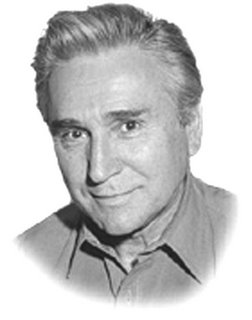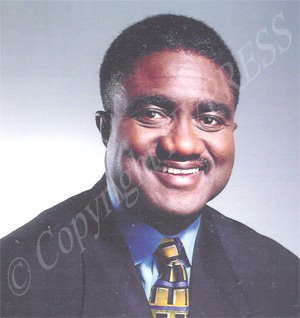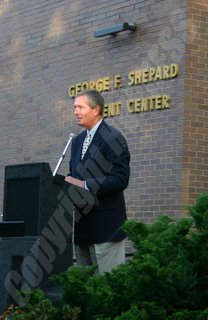 By Chuck Stewart, Jr.
By Chuck Stewart, Jr.(New Windsor) - In 1946, Mr. Glenn E. Hines recognized that disadvantaged youth in the City of Newburgh needed ongoing relationships with caring adults; life enhancing programs; character development; hope and opportunity. While times have changed, Hines vision of a place where youth could reach their full potential hasn’t. It has grown into the Glenn E Hines Memorial Boys & Girls Club of Newburgh (BGCN).
To celebrate “10 Years of Hope and Opportunity,” Glenn Hines BGCN honored those who have made a difference in the lives of children and families at the 4th Annual Global Celebration and Awards Gala. The evening’s Master of Ceremonies, James Steed, keep things moving with the help of event organizer Kitt Potter and chairperson Kathleen Parisi. Chief Professional Officer Rev. Nelson McAllister in welcoming everyone said, “Tonight we honor four individuals with the Glenn E. Hines Memorial Service Award for 2006. These individuals’ accomplishments in life cannot be measured by this award, however, from our heart to yours we are pleased to say that they are deserving of this honor.” “Power Couple” Greer and Clarence Cooper were honored for Community Service and Education, respectively. Office of Children and Family Services Commissioner John Johnson and New York State Assemblyman Thomas Kirwan were honored for Human Service and Government, respectively.
This year’s gala marked the first instillation into the Glenn Hines Alumni Hall of Fame. It was created to recognize the accomplishments of former Club members who have gone on to make major contributions in their field with thanks for the positive influence they extend toward current Club members. “We are extremely proud to announce the inauguration of the Glenn E Hines Memorial Boys & Girls Club Alumni Hall of Fame, and congratulate the first four inductees,” Rev. McAllister said. The inductees were Warren Boyd, Harvey Burger, Audrey Carey and Runston “Pop” Lewis.
The Club however is about providing the youth with “Hope and opportunity.” That was the topic 7th grader Shabrina Lyons chose for her keynote speech. With wisdom beyond her years, she said, “I hope that I can become a better person than what I am. For my friends? I hope that they can succeed in life too. For my teachers? That they can be good role models for me. That they can teach me all I need to know, so I can have a good life when I grow up. For my country? World piece.” On the topic of opportunity, she simply thanked everyone for the opportunity given to her. “I am going to show you that your hard work hasn’t been in vain. I’m going to make you proud of me. Because all of you are working to keep me safe from harm, I’m going to make you proud of me,” Lyons said. She concluded, “For securing my future, teaching me to be there for someone else, I’m going to make you proud of me,” to which the audience responded with thunderous applause. Youth, like Lyons, will carry out the vision of the Club into the 21st Century: To be a catalyst for transforming generations of young people into positive, responsible, caring and compassionate citizens who will in turn transform the world.
Pictured Above: Glenn Hines Boys & Girls Club Alumni Hall of Fame inductees Warren Boyd, Harvey Burger, Runston Lewis, and Chief Professional Officer Rev. Nelson McAllister.







